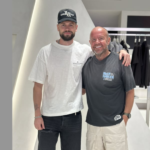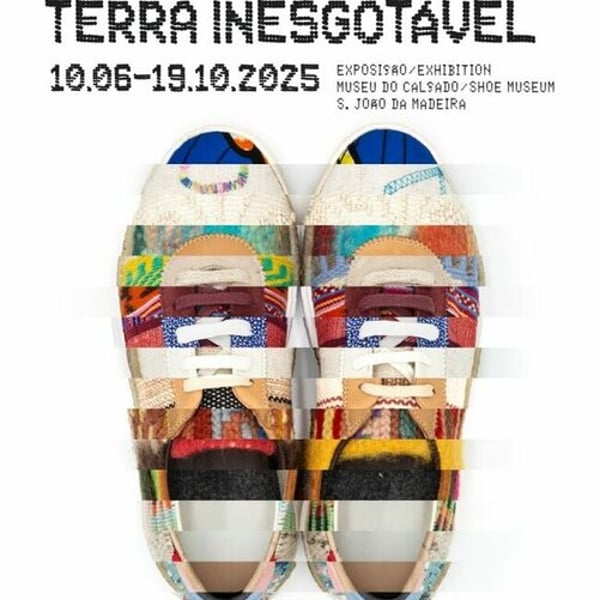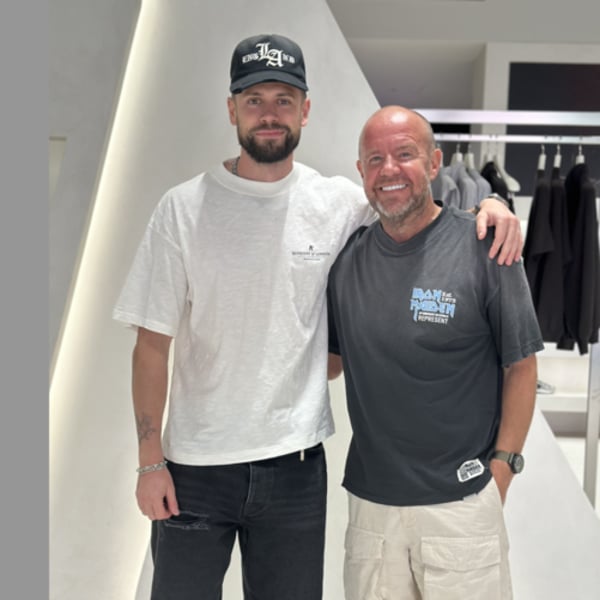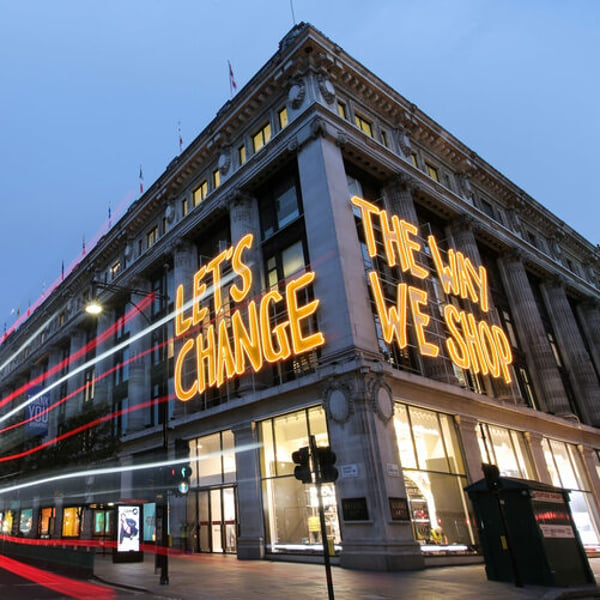Oh dear. UK fashion brands have been named the worst for online experiences with site speed and user experience (UX) letting them down, according to new research of the sector that attracted a £30 million spend alone last year.

Fortunately for individual brands, the analysis of 1,000 UK websites across 14 sectors by communications agency Warbox doesn’t name names.
But the research does note that “customers are increasingly abandoning sites with slower speeds and a poor UX, but are willing to pay 80% more for a good online experience”.
The research, revealing the best – and worst – online experiences via Google’s PageSpeed Insights tool and Core Web Vitals, shows the fashion sector’s on-page content takes an average 3.1 seconds to load, compared to second-worst performer (education, 2.5 seconds).
It claims fashion brand websites are slow at responding to interactions, taking an average of 321 milliseconds, compared to the recommended 200, or below.
And it’s the fashion sector’s websites that have the lowest average performance score at 55, noting any reading between 50-89 “needs improvement”, according to Google.
The collected data also gives fashion an overall index score of 385, worse than charity (index score 395), education (399), and marketing/property (both 403).
And the best performers? Despite being let down by fashion, at least the wider retail sector provides the best online experience. It takes the largest piece of on-page content just 2.6 seconds to load, with an average performance score of 66, ahead of the public sector, manufacturing, transport and healthcare.
Mark Fensom, director at Warbox said: “In 2025, if your website’s UX isn’t up to scratch, visitors have plenty of alternatives. Websites do need to look pretty but this shouldn’t be prioritised over functionality or accessibility, otherwise you risk being penalised by Google and visitors.
“The data reveals that fashion websites are slower to react to interactions, which is in part the reason why websites are lagging behind. Speed matters and not just for brands trying to outpace competitors. Slow sites, which I’m sure everyone has experienced, are frustrating especially when you’re in the middle of an action.”
It suggest brands can improve a website by make sure it’s mobile friendly; reduce page bloat by compressing files or shortening scripts; have a clear site structure and intuitive navigation to improve the performance of the most important pages; optimise any AI chatbots or interactive features and test it on a staging site; and with colour contrast a key aspect of accessibility guidelines, retailers should make sure website colours enhance the readability of text.
Copyright © 2025 FashionNetwork.com All rights reserved.










